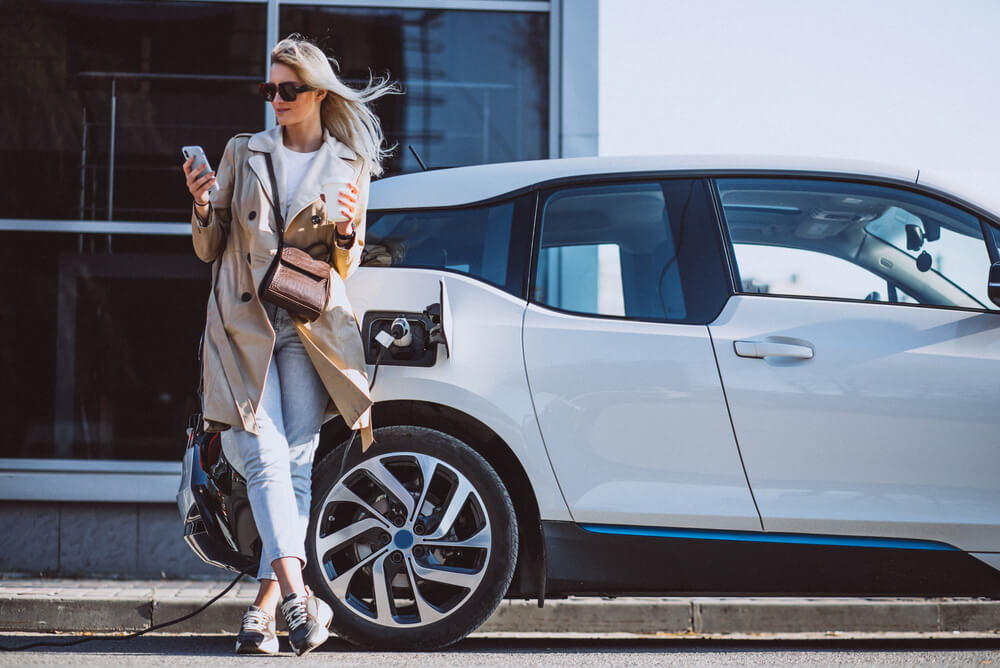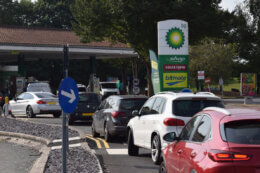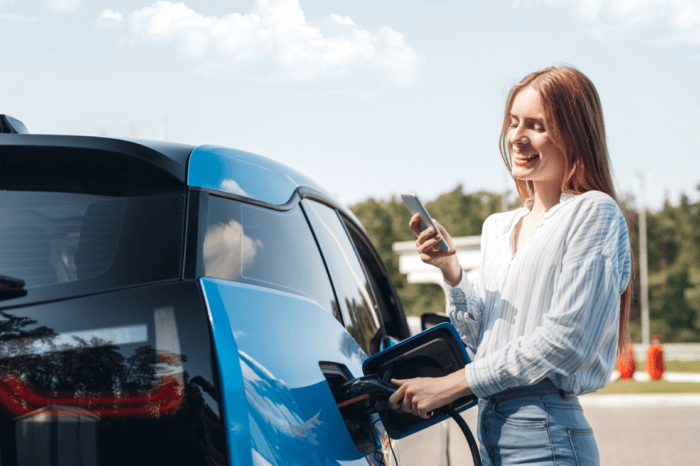
Some cities are better geared towards electric vehicles (EVs) than others, and a new analysis of 106 cities by Compare the Market finds that Australian cities are ranked as some of the least EV-friendly in the world.
Out of 106 cities across the globe, Australia doesn’t perform well by comparison when it comes to EV-friendliness. Across five different factors including incentives, charging stations per capita and EV fleet size, Australian cities were ranked in the bottom 10.
The highest performing city was Canberra, ranked 33rd with a score of 2.94 out of 10. Canberra received full marks for incentives including registration discounts, rebates on purchasing an electric car and grants to install charging stations. With all these incentives in place, the capital has been leading the way in offering benefits to encourage motorists to transition to EVs, which helped it rank higher than any other Australian city in the index.
Adelaide, with 14.35 chargers per capita, ranked 60th. followed by Melbourne in 73rd with 4.63 chargers per 100,000. Sydney is right behind Melbourne in 74th. While Sydney had slightly more charging stations (5.90 compared to 4.63), Melbourne had a higher number of EVs sold and EVs in the market (23,056 estimated sales and 36,404 estimated EVs in the city).
Brisbane (ranked 85th), Perth (ranked 86th), the Gold Coast (ranked 88th) and Hobart (ranked 89th) only narrowly avoided being ranked at the bottom of the index. The worst rankings went to Swiss and German cities due to their high average electricity costs, a metric which was weighted higher than some other factors in the index.
Previously, states like Queensland, New South Wales and Australia had rebates and subsidies for the purchase of an EV, but those have since ended, with EV owners getting at least one incentive: discounts on car registration fees every year.
The New Zealand cities of Hamilton, Queenstown and Wellington also made the bottom 20, but were ranked higher than Brisbane, Perth, the Gold Coast and Hobart thanks to a slightly cheaper average electricity cost per kWh.
In contrast, three Dutch cities took out the top three spots: The Hague (scoring 5.14/10), Rotterdam (5.10), and Amsterdam (5.00). These cities had the highest number of charging stations per capita, which had the highest weight in the ranking system and helped them outperform other EV-friendly cities.
The table below showcases the top 10 cities in the rankings, with Montreal being the only non-European city to make the top 10.
| Ranking | City | Chargers per capita | EV sales by city population | # of EVs by city population | National average electricity cost (USD/kWh) | Incentives score | INDEX SCORE |
| 1 | The Hague (Netherlands) | 744.92 | 7,742.28 | 26,526.39 | 0.27 | 2 | 5.14 |
| 2 | Rotterdam (Netherlands) | 467.13 | 9,764.93 | 33,456.32 | 0.27 | 3 | 5.10 |
| 3 | Amsterdam (Netherlands) | 664.22 | 12,106.37 | 41,478.52 | 0.27 | 2 | 5.00 |
| 4 | Paris (France) | 8.97 | 77,215.06 | 142,820.30 | 0.32 | 3 | 4.86 |
| 5 | Oslo (Norway) | 120.00 | 11,905.86 | 78,956.70 | 0.17 | 3 | 4.71 |
| 6 | Utrecht (Netherlands) | 606.05 | 4,742.56 | 16,248.82 | 0.27 | 2 | 4.45 |
| 7 | Montreal (Canada) | 55.28 | 28,818.20 | 124,384.59 | 0.13 | 2 | 4.31 |
| 8 | Trondheim (Norway) | 77.47 | 3,020.37 | 20,030.36 | 0.17 | 3 | 3.95 |
| 9 | Bergen (Norway) | 52.43 | 4,384.33 | 29,075.80 | 0.17 | 3 | 3.94 |
| 10 | Lisbon (Portugal) | 163.76 | 3,430.16 | 10,448.34 | 0.23 | 3 | 3.86 |
Australians face several barriers to EV adoption, such as range anxiety, high purchase costs, and typically higher insurance premiums in comparison to their internal combustion counterparts.
Executive General Manager of General Insurance, Adrian Taylor, notes this makes comparing insurance plans even more important.
“Even if you live in a city that’s really friendly for EVs, every dollar counts, so it’s important to compare available plans. You don’t want to miss out on potential savings,” Mr Taylor said.
“It only takes a short time to compare policies by price, coverage, exclusions and other benefits. You could potentially find a better deal that costs less or offers more for an equivalent price. Ensure you read through the Product Disclosure Statement (PDS) and Target Market Determination (TMD) for details on coverage before you make a purchase.”
To view the methodology and learn more about the data, visit: https://www.comparethemarket.com.au/car-insurance/features/most-ev-friendly-cities/
For interviews and more information, please contact:
James McCay | +61 450 930 374 | [email protected]
Compare the Market is a comparison service that takes the hard work out of shopping around. We make it Simples for Australians to quickly and easily compare and buy insurance, energy, and home loans products from a range of providers. Our easy-to-use comparison tool helps you look for a range of products that may suit your needs and benefit your back pocket.








